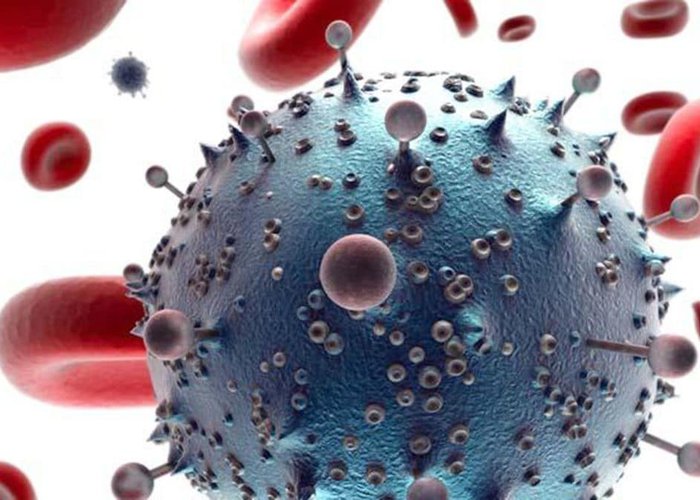Nano drug delivery system

Nano drug delivery system
Because of ligand’s some properties, receptor interactions and control of release drug have difficulties. So that it is must to improve on-demand targeting delivery which has perfect qualities to find proper target with excellent spatial, temporal and dosage control. Furhermore, on-demand processes require the use of biocompatible materials. These materials are defined as “A systemically, pharmacologically inert substance designed for implantation within or incorporation with a living system”, a definition adopted at the sixth Annual International Biomaterials Symposium, April 1974.
Nonoscale stimuli-responsive devices could are influenced from both endogenous stimuli and exagenous stimuli. They may represent an attractive alternative to targeted drug delivery. Exogenous stimuli include temperature changes, magnetic fields, ultrasounds, light and electric fields. On the other hand, endogenous stimuli take advantage of changing in pH, redox potential, concentration of enzymes or specific analytes. As given examples: a lowered interstitial pH, a higher glutathione concentration or an increased level of certain enzymes.
Thermoresponsive gating system is working with mechanism of a nonlinear sharp change. At least one component of the nanocarrier material has property of changing temperature. Firstly, thermosensitive nanocarriers remain their temperature compatibly within body and rapidly deliver the drug to local heated tumour. It is categorized to liposomes, or polymer micelles or nanoparticles. Thermosensitive liposomes (TSLs), doxorubicin-loaded TSLs, leucine zipper peptide–liposome hybrids, these lean on the creation of permeable defects in the lipid bilayer by means of the generation of carbon dioxide bubbles through decomposition of ammonium bicarbonate at mild hyperthermia. Moreover, PNIPAM is the preferred polymer building block for thermo sensitive polymeric drug nanocarriers. Cell-penetrating peptides (CPP) allowed arginine residues to be displayed at the periphery of the resulting micelles. Cold shock or cryotherapy a thermally reversible swelling leads to free diffusion of the encapsulated drugs as a consequence of increased porosity.
Magnetically responsive systems is simply obtained by focusing an extracorporeal magnetic field on the biological target in course of the injection. The advantage of using a magnetic field relies on the different circumstance that the magnetic response can take. Therefore there is an association in diagnostics and therapy within a single system (called theranostic approach).
In ultrasound-triggered drug deliver, ultrasound waves are able to trigger the release of the drug from a variety of nanocarriers through the thermal and mechanical effects generated by cavitation phenomena or radiation forces. Ultrasounds are really powerful method for control of drug release at the desired zone, it is ensured preventing harmful side effects.
As an example of Light-triggered drug delivery, the ultraviolet -visible reversible photo isomerization of the azobenzene group which is from trans to cis and from cis to trans by shining light in the visible region- enables photo regulated control of drug release.
In pH-sensitive systems two main strategy is working on : polymers having ionizable groups undergo conformational or solubility changes within the bonds. Example of a redox-responsive system is difference(s) between the self-regulated systems and a multi-responsive systems
References
Yatvin, M. B., Weinstein, J. N., Dennis, W. H. & Blumenthal, R. Design of
liposomes for enhanced local release of drugs by hyperthermia. Science
202, 1290–1293 (1978)
-
June 9, 2017
by Zuhal Cakir